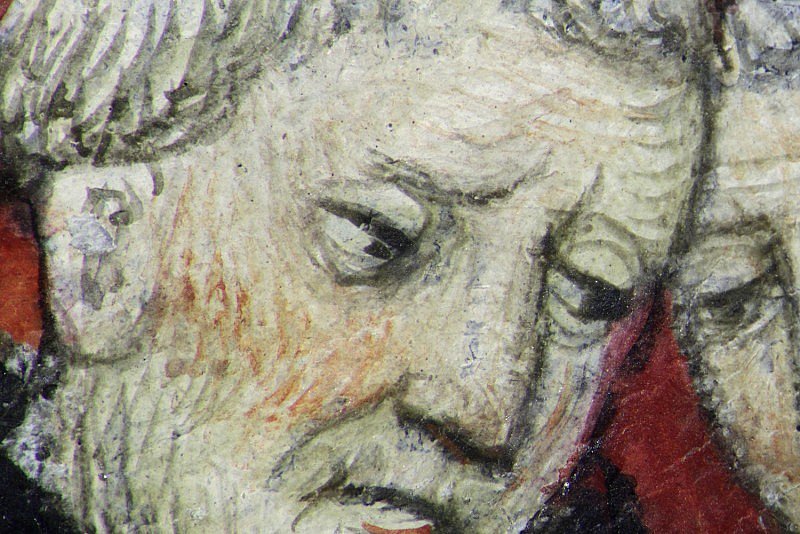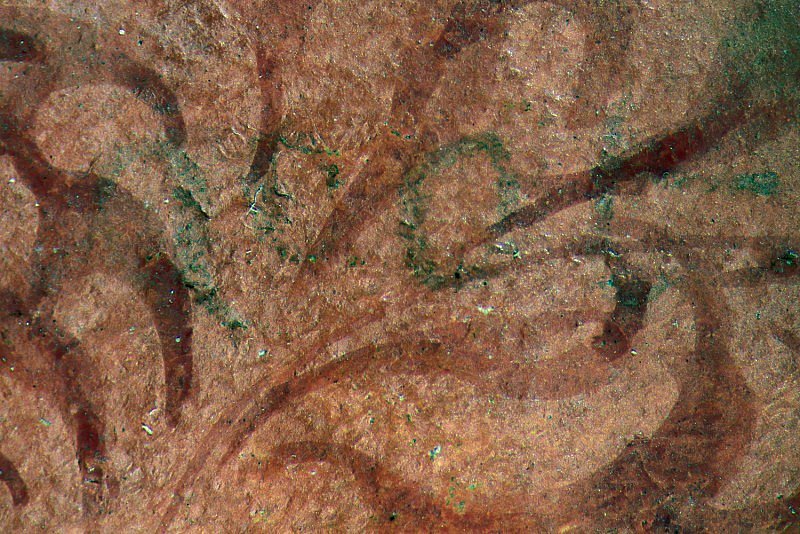Master of the Mazarine Hours
Artists
The Master of the Mazarine Hours, one of the foremost illuminators working in Paris c.1400-1415, is named after one of his finest works, a Book of Hours (Paris, Bibliothèque Mazarine, MS 469). He is known for his luminous colour scheme and complex mixtures of pigments, carefully blended to create subtle effects. The Master of the Mazarine Hours was a close collaborator of another leading Parisian artist, the Boucicaut Master (c. 1390-1430). Important iconographic and stylistic parallels for the Fitzwilliam’s copy of Corbechon’s text are found in a slightly earlier copy of the same work, which was illuminated by the Boucicaut Master c. 1409-1410 (Paris, BnF, MS fr. 9141).


Monk writing in a manuscript, with four monks standing opposite (Book 10: On matter and form)
The monk seated at his desk, pen in hand, is probably intended to represent the translator, Jean Corbechon, who was an Augustinian. He is shown with four monks who are similarly attired in the black habits worn by monks of the Order. The word ‘root’ (‘red’ in Middle Dutch), hidden underneath the red background, is visible in the infrared image (see Infrared Layer). This one-word instruction was written by the Mazarine Master to inform his assistants that they should decorate the background with a foliate pattern of red on red. The same background motif occurs on fol. 174r. Similar instructions have not been found beneath the paint layers of the plain red grounds in the manuscript (e.g. fol. 296v), suggesting, perhaps, that the word ‘root’ was used to indicate this particular pattern of red scrolls of acanthus on a slightly darker red ground.
